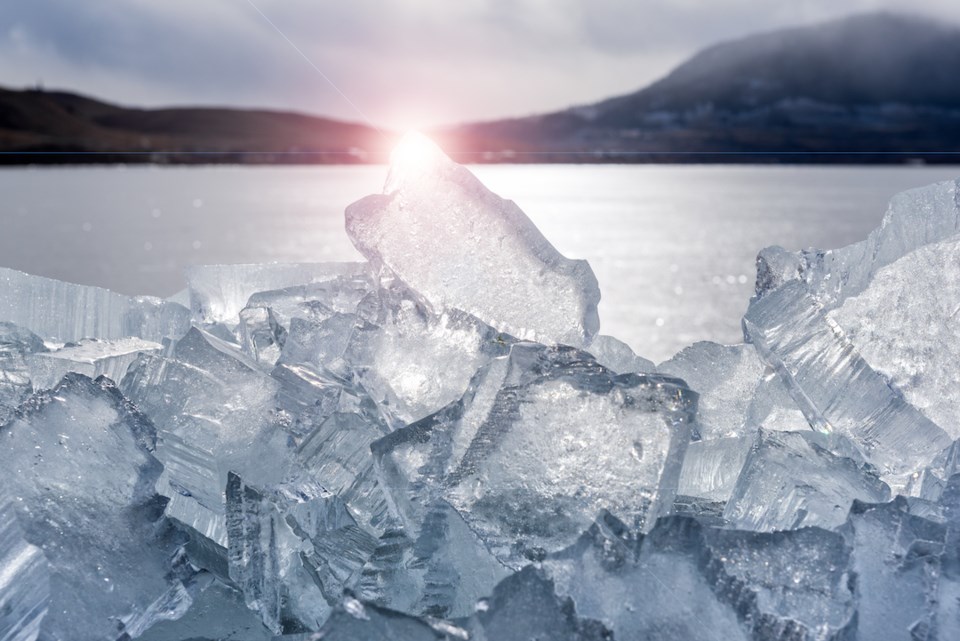Editor:
Kudos to Mr. Shay and the Sunshine Coast Regional District sustainability team for moving us forward in understanding climate change. Given our recent experiences of drought and flood, I’m sure it’s a topic that many of us have been thinking about.
One thing I’ve read that has stuck with me comes from a study by hydrologist Mathieu Beaulieu that was done on the streamflows of Stephens Creek and Roberts Creek (“A Shifting Hydrological Regime: A Field Investigation of Snowmelt Runoff Processes and Their Connection to Summer Baseflow - Sunshine Coast, B.C.”, 2011). Mr. Beaulieu mentions that he chose the Sunshine Coast because he saw this area as being particularly vulnerable to climate change and specifically temperature increase. As an example, he points out that Roberts Creek at 701 meters elevation is a pluvial creek (rain-fed) while Chapman Creek at 1022 meters is a hybrid creek (fed by both rain and snowmelt). The temperature difference between 700 meters and 1000 meters is 2 to 3 C. So, given that the temperature increase on the Sunshine Coast is occurring at twice the global average, to what extent will Chapman Creek and other creeks change to become pluvial creeks in the next 20 years or so? That would change their streamflow timing and characteristics.
Keeping in mind that the elevation of Mount Elphinstone is 1232 meters, what does climate change mean for our snowpack and the water storage it currently provides naturally? How will the recharge rate of our aquifers be affected?
I’m sure there’s plenty of other questions that could to be asked. The main thing is that we don’t have the local information we need to understand the significant changes that are coming to our water catchments and forests. I find that concerning.
Anna Lattanzi
Roberts Creek


